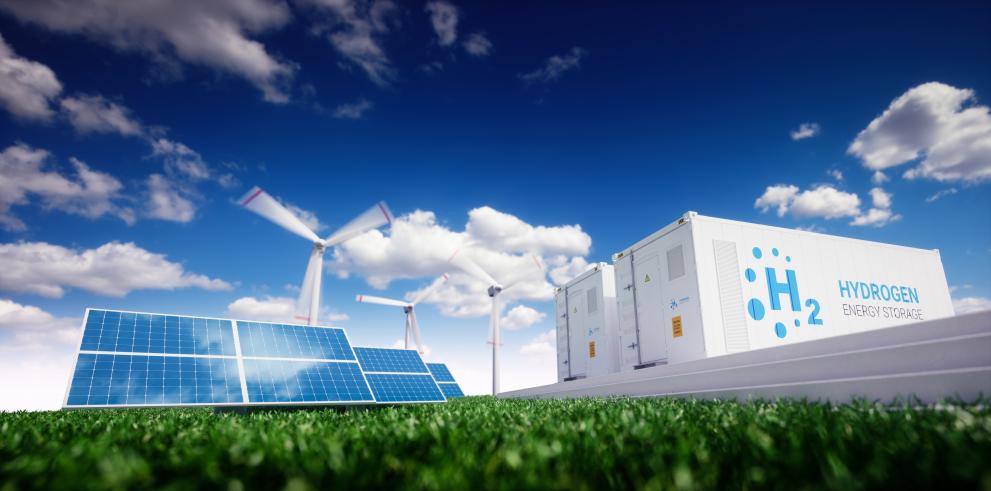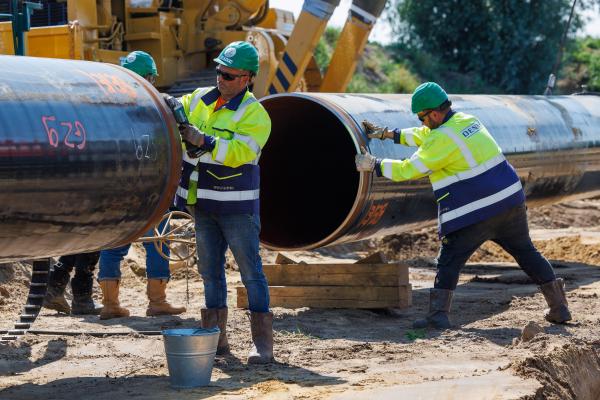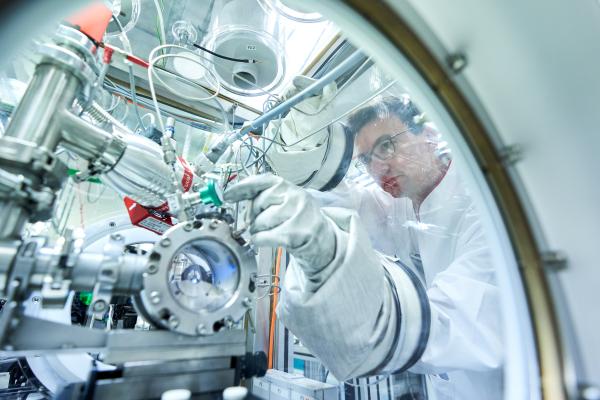
A new JRC study, Blending hydrogen from electrolysis into the European gas grid, investigates the implications for gas systems of blending hydrogen into the existing gas network as a first step to decarbonising natural gas.
In 2020, the European Commission launched a hydrogen strategy for a climate-neutral Europe, setting out the conditions and actions for mainstreaming clean hydrogen, along with targets for installing renewable hydrogen electrolysers by 2024 and 2030. Some EU countries have already defined blending targets for 2030.
Recent literature suggests that hydrogen can be injected into the gas grid up to about 5-10% volume in the immediate future, without the need for major modifications to transmission infrastructure and end-consumer installations. Towards the end of the decade we could see an increase to 15-20% volume, after making the necessary changes to the infrastructure and affected consumer installations.
Our report finds that wind yields higher outputs than solar, and that more renewable capacity would have to be added to the power system, to avoid an increase in CO2 emissions with the introduction of hydrogen electrolysers. This is because fossil fuel-based electricity generation would otherwise have to be used to make up the difference.
However, our modelling suggests that a buffer storage of just a few hours can reduce the carbon intensity of hydrogen produced with electrolysis and blended into the gas network by as much as 40%.
JRC modelling also found that because gas demand and the availability of wind and solar energy don’t always match up, only 50-85% of the available green electricity can be converted to hydrogen and blended into the gas network. This fact determines the maximum hydrogen production that can be blended into EU gas systems, with a threshold of 20% volume, to around 4.5 million tonnes. At this threshold, almost half of the 10 million tonnes of hydrogen to be produced according to the EU Hydrogen Strategy could be blended into the gas system.
The study also found that in neighbouring countries, where important gas trade takes place, non-harmonised thresholds for hydrogen blending could induce significant trade barriers and technical constraints. This could largely be avoided if efforts were dedicated to harmonising, where, possible, the rules related to the maximum allowed concentration of hydrogen in gas networks, particularly for neighbouring countries with significant cross-border flows.
The report can be downloaded here.
Related Content
JRC report: Blending hydrogen from electrolysis into the European gas grid
Details
- Publication date
- 19 January 2022
- JRC portfolios




